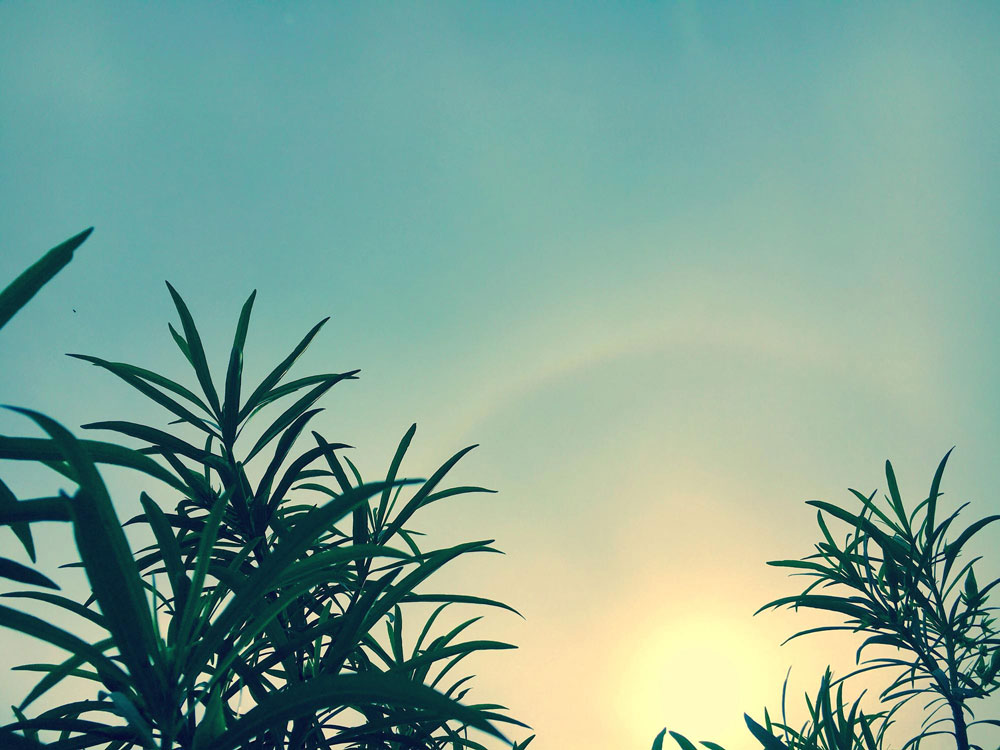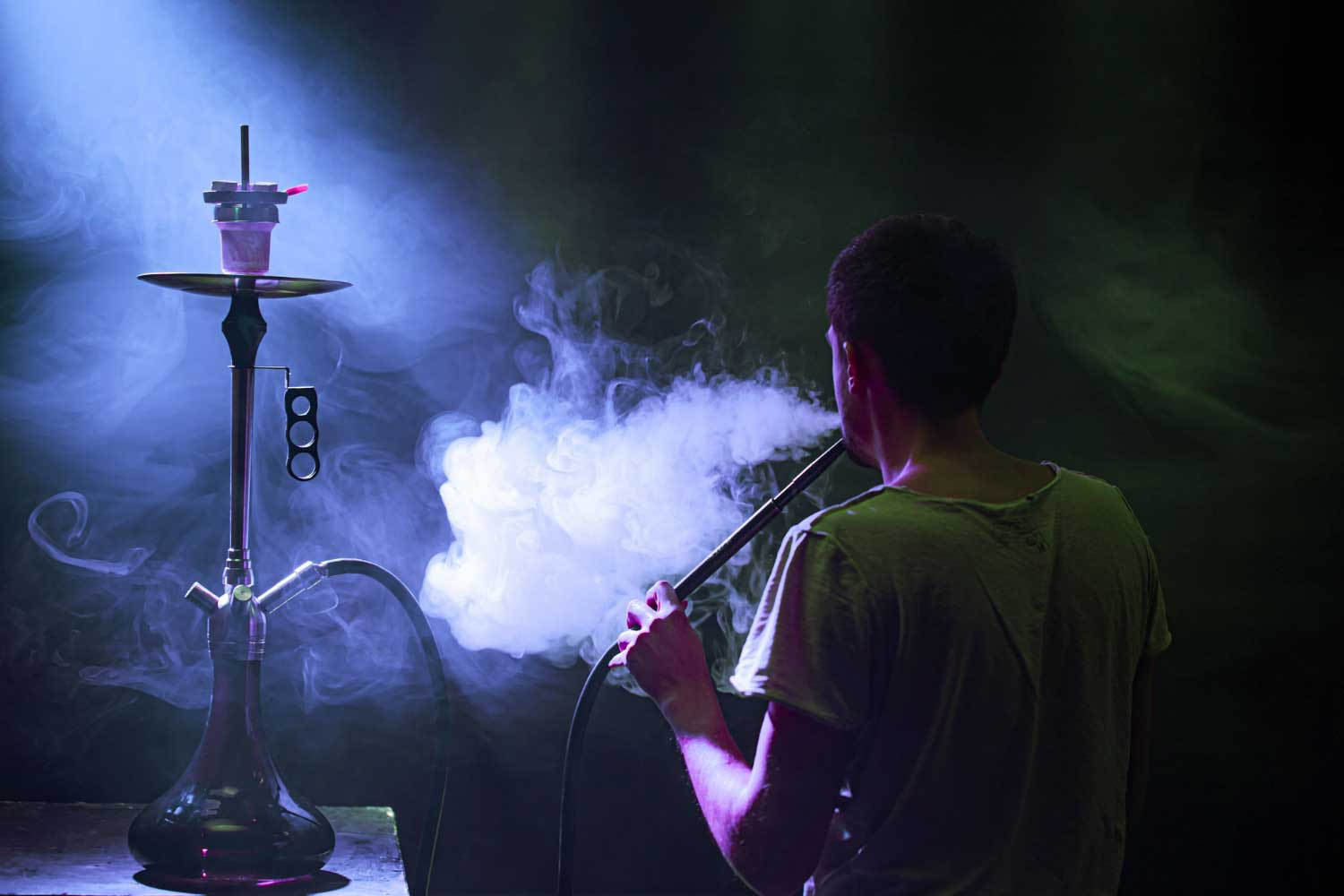Choosing between indoor and outdoor cultivation methods is a crucial decision for cannabis growers, as each approach has its own set of advantages and disadvantages. In this blog post, we’ll explore the differences between indoor and outdoor cannabis cultivation and weigh the pros and cons of each method.
Indoor Cannabis Cultivation: Pros:
- Controlled Environment: Indoor cultivation allows growers to have complete control over environmental factors such as temperature, humidity, and light, resulting in consistent growth conditions.
- Year-Round Cultivation: With indoor growing, growers can cultivate cannabis year-round, regardless of external weather conditions, leading to multiple harvests per year.
- Security and Privacy: Indoor cultivation provides greater security and privacy, as the plants are hidden from view and less susceptible to theft or vandalism.
Cons:
- Higher Costs: Setting up and maintaining an indoor grow operation can be expensive due to the need for equipment such as grow lights, ventilation systems, and climate control devices.
- Energy Consumption: Indoor cultivation requires significant energy consumption, particularly for lighting and climate control, which can contribute to higher utility bills and environmental impact.
- Limited Space: Indoor grow spaces may be limited in size, restricting the number of plants that can be grown and potentially impacting yield.
Outdoor Cannabis Cultivation: Pros:
- Natural Sunlight: Outdoor cultivation utilizes natural sunlight, which is free and provides optimal spectrum and intensity for plant growth, potentially resulting in higher-quality buds.
- Cost-Effectiveness: Outdoor growing typically requires less investment in equipment and energy compared to indoor cultivation, making it a more cost-effective option for some growers.
- Larger Yields: With adequate space and optimal growing conditions, outdoor cultivation can yield larger quantities of cannabis compared to indoor growing, leading to potentially higher profits.
Cons:
- Weather Dependency: Outdoor cultivation is subject to weather fluctuations and seasonal changes, which can impact plant growth and harvest timing.
- Pest and Disease Risk: Outdoor plants are more exposed to pests, diseases, and other environmental stressors, requiring vigilant pest management and disease prevention measures.
- Legal Considerations: Depending on local regulations, outdoor cultivation may be subject to legal restrictions or zoning requirements, limiting where and how cannabis can be grown outdoors.
Conclusion:
Ultimately, the choice between indoor and outdoor cannabis cultivation depends on various factors such as grower preferences, available resources, and local regulations. Both methods offer unique advantages and challenges, and growers should carefully consider their specific needs and circumstances when deciding which approach to pursue. Whether indoors or outdoors, with proper care and attention, growers can cultivate high-quality cannabis and enjoy a rewarding cultivation experience.



